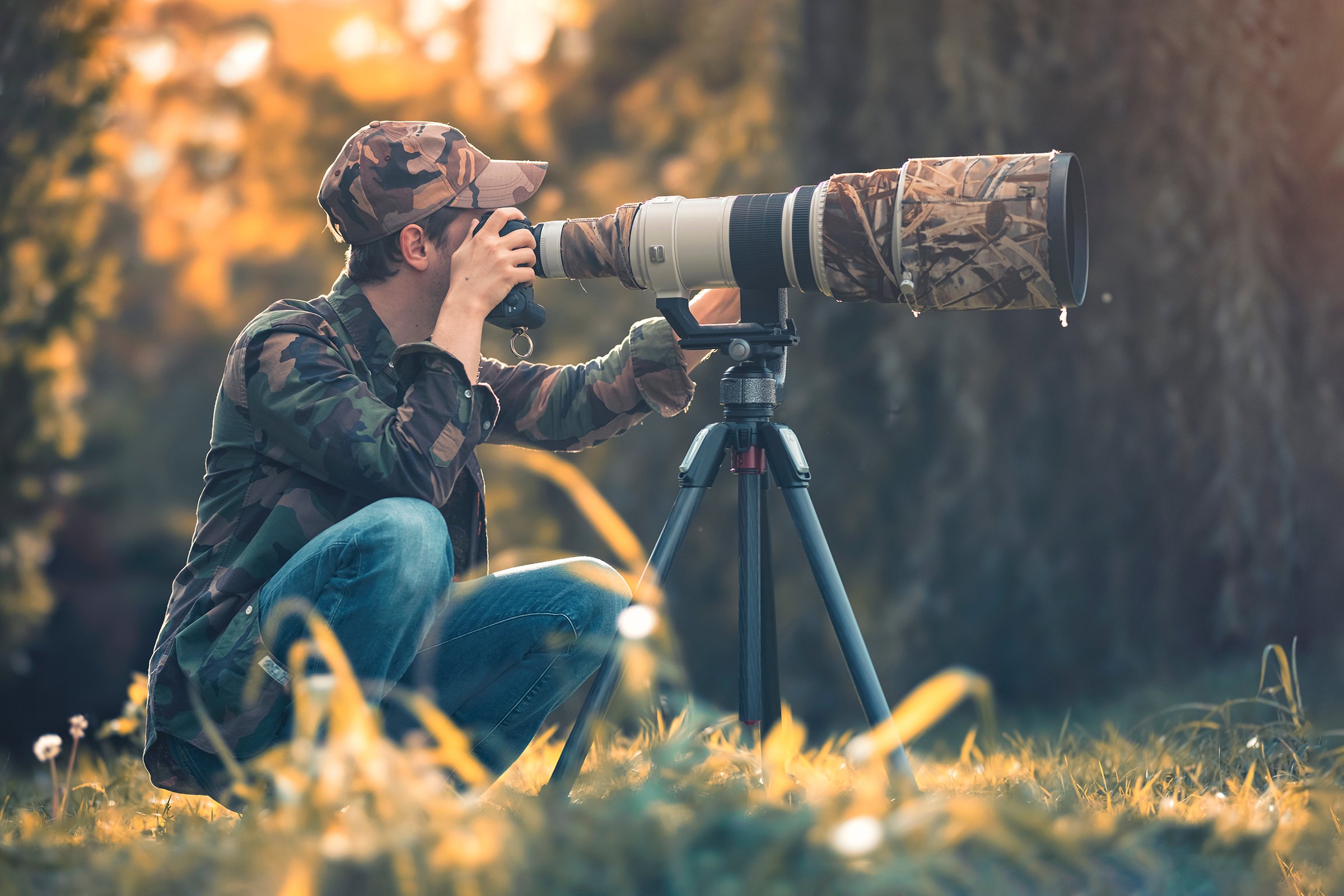Wildlife Photography Gear And Accessories
Wildlife Photography Gear And Accessories
Which photography gear should you consider for wildlife? A mirrorless camera or a DSLR? Fast or slow lenses? Tripod or no tripod? How about filters? It can all be so confusing.
Photography gear might not be the most important factor when creating great wildlife images, but it's still an essential ingredient. After all, you do need photography equipment to make images. Consider your gear as mere tools, and to make the most of these tools, you have to know what they do, how they work, and how they can be best applied to create different types of wildlife images.
If you remember back when we told you were going to address some of the most common mistakes? Well. here we are talking about that very point. It's not essential that you have the best or most expensive gear; it's essential you have the right gear – more specifically, the right gear for you.
What works best for a full-time pro might not necessarily be best for the occasional weekend or holiday shooter. Some critical factors into what might be right for you are cost, features, physical size, weight, and comfort level. Having gear that is too big, heavy, or complicated for your skill level is every bit as debilitating to your chances of success as gear that might be considered inferior.
Having said all that, as a general matter, effective wildlife photography equipment should be fast, reliable, and able to produce high-quality images in various types of lighting conditions.
Capturing action and wildlife behavior is often at the heart of what I do as a wildlife photographer, so the speed is always one of the most important considerations with most of my gear. Fast autofocus and shutter frame rate are camera features I rely on for the most consistent results and capturing that decisive moment.
To ensure a safe working distance between you and a potentially dangerous animal or to fill the image frame with the wildlife subject you’re attempting to capture, a telephoto lens is the one piece of gear you should consistently rely upon. The faster the lens, or as having the largest maximum aperture, the better it is for shooting in low light conditions.
We often photograph wildlife in remote places, so equipment reliability is an incredibly important factor, particularly when subjected to various types of weather and conditions. Extreme heat and cold, rain, saltwater, dust, humidity – to name a few – can wreak havoc on the sensitive electronics found in cameras, lenses, computers, hard drives, and more. So how we pack and store our gear when traveling to remote places is essential as well.
In this section of blog posts, we'll help you sort it all out: gear basics, cameras, lenses, camera accessories, teleconverters, filters, camera bags, tripods, flash, blinds, storage devices, software, and how best to travel with all this stuff.
By the end of this section of blog posts, you'll have a better idea of what gear you might need, what equipment you might not need, and why.
Let’s first dig into wildlife cameras. We are going to navigate through the weeds and come out the other side having armed you with the right information. Find the best wildlife camera for you







